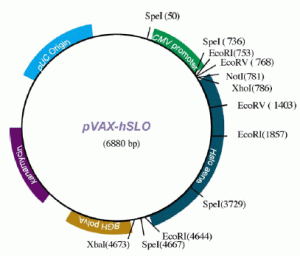Viagra (Sildenafil citrate) and similar classes of these drugs work by enhancing the effects of nitric oxide, a chemical that relaxes smooth muscles in the penis during sexual stimulation and allows increased blood flow.
For some groups of patients, Sildenafil does not work effectively, as
shown in clinical studies(see references in [7]. For patients
who have undergone radical prostatectomy or
suffer from diabetes, the efficacy is significantly
less, by 20–30%. It is hypothesized that damage to the peripheral nervous system regulating the smooth muscle functions in the penis are responsible for ED.
Men who take nitrate-based drugs such as nitroglycerin for heart problems cannot use drugs like Sildenafil because the combination can cause a sudden drop in blood pressure. Taking a PDE inhibitor and an alpha-blocker at the same time (within 4 hours) can cause a sudden drop in blood pressure.
Current drug therapies
are on-demand, i.e., a pill must be first taken prior to the sexual act, so that planning
is required. The effect of PDE-5 inhibitors is short lived,
with a duration lasting from hours to a few days
so that the medication must be taken repeatedly.
In light of these shortcomings, gene therapy has been pursued as an alternative method to treat ED. The motivation for gene therapy is based on more
than a decade of mechanistic insight into the physiology,
pharmacology and electrical excitability of corporal
smooth muscle cell tone.
Current research of gene therapy for ED
To date, several animal model studies have been carried out which investigated the effect of autonomic neuropathy as an underlying cause of ED [4-6]. These studies have found that neurotrophic gene transfer might be able to promote nerve regeneration and be feasible as a treatment to ED. The gene transfer was mediated with a viral vector of the herpes simplex family (HSV).
However the first human trial for gene therapy of ED uses a different mechanism [3]. The Melman group uses a plasmid vector mediated gene transfer of a gene (hSlo) that encodes a membrane ion channel known as the Maxi-K channel (Figure 2). This ion channel is believed to play a vital role in the initiating and maintaining erection.
 |
Figure 2: hMaxi-K Plasmid Construct used by the Melman group to treat ED |
|

